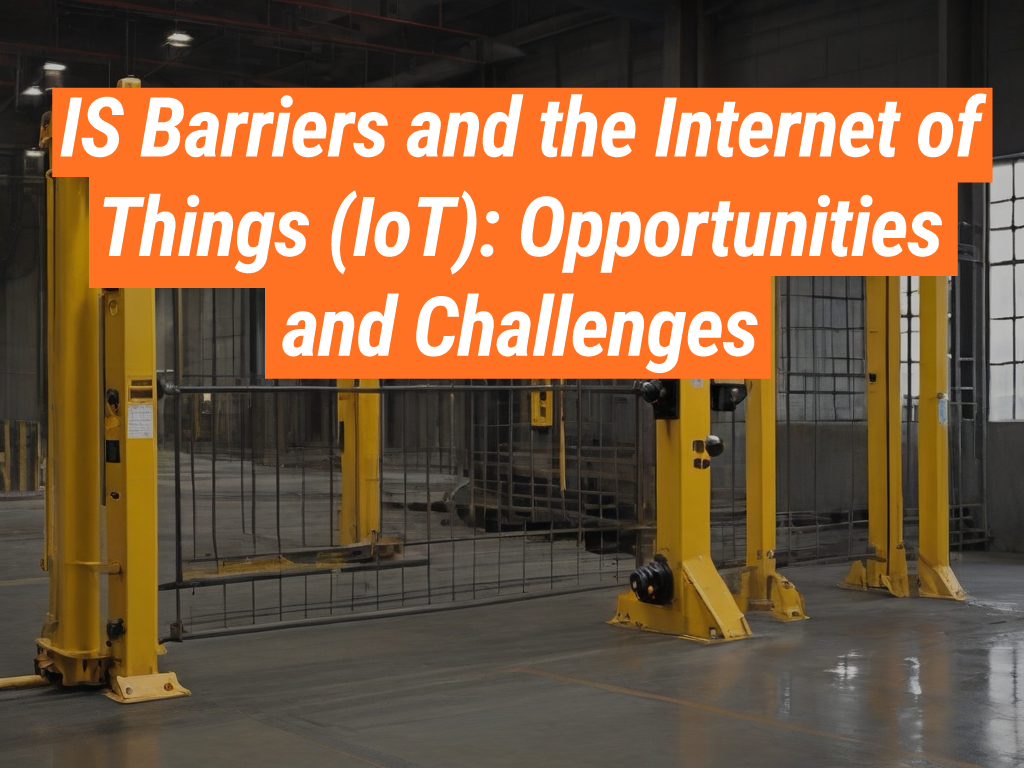Welcome to the Intrinsically Safe Store, your one-stop-shop for all things related to safety in hazardous environments. We are dedicated to providing you with the latest insights and information on IS barriers and the Internet of Things (IoT). We invite you to explore our website and discover our wide range of products and services.
Understanding IS Barriers and IoT
Designers create IS barriers, or Intrinsically Safe barriers, as devices to limit the available energy (electrical and thermal) for ignition in hazardous areas. They play a crucial role in preventing explosions in industries such as oil and gas, mining, and chemical processing. On the other hand, the Internet of Things (IoT) refers to the network of physical devices, vehicles, appliances, and other items embedded with sensors, software, and network connectivity, which enables these objects to connect and exchange data.
The Intersection of IS Barriers and IoT
The convergence of IS barriers and IoT presents a plethora of opportunities and challenges. This intersection is transforming industries by enhancing safety measures, improving operational efficiency, and driving innovation. However, it also brings about new complexities and risks that need to be effectively managed.
Opportunities
- Enhanced Safety: IoT devices can monitor environmental conditions and detect potential hazards in real-time, thereby enhancing safety in hazardous environments.
- Improved Efficiency: IoT can automate routine tasks, reducing human error and increasing operational efficiency.
- Driving Innovation: The integration of IS barriers and IoT is driving innovation in product design and service delivery, creating new business opportunities.
Challenges
- Security Risks: The increased connectivity of IoT devices presents new security risks, including data breaches and cyber-attacks.
- Complexity: The integration of IS barriers and IoT adds complexity to system design and management.
- Regulatory Compliance: Companies must navigate a complex landscape of regulations and standards related to IS barriers and IoT.
Case Study: IoT in the Oil and Gas Industry

A prime example of the intersection of IS barriers and IoT is in the oil and gas industry. IoT devices are used to monitor conditions in real-time, detect leaks, and predict equipment failures. This not only enhances safety but also improves operational efficiency. However, the industry also faces challenges in terms of data security, system complexity, and regulatory compliance.
Navigating IS Barriers and IoT Intersection
The intersection of IS barriers and IoT presents both opportunities and challenges. While it has the potential to enhance safety, improve efficiency, and drive innovation, it also brings about new risks and complexities. Companies must therefore adopt a balanced approach, leveraging the benefits while effectively managing the risks.
At the Intrinsically Safe Store, we are committed to helping you navigate this complex landscape. We offer a wide range of products and services designed to enhance safety and efficiency in hazardous environments. We invite you to explore our website and discover how we can help you leverage the power of IS barriers and IoT.
For more information, please contact us.


























